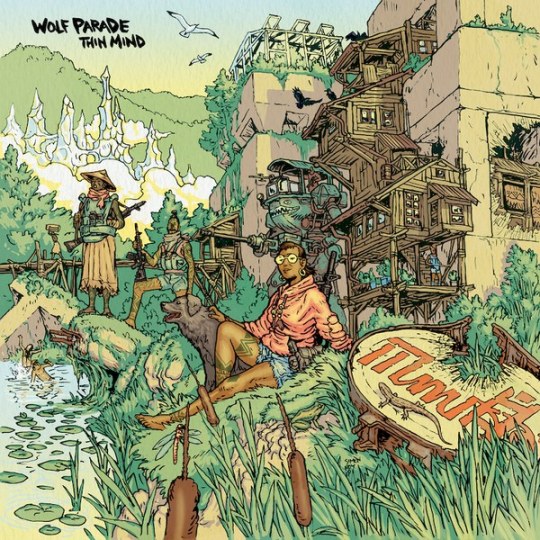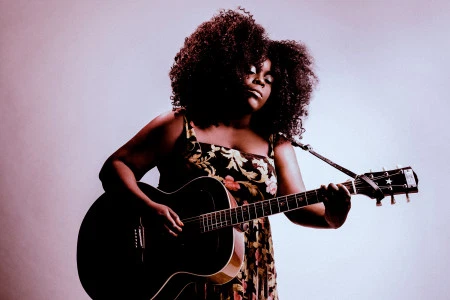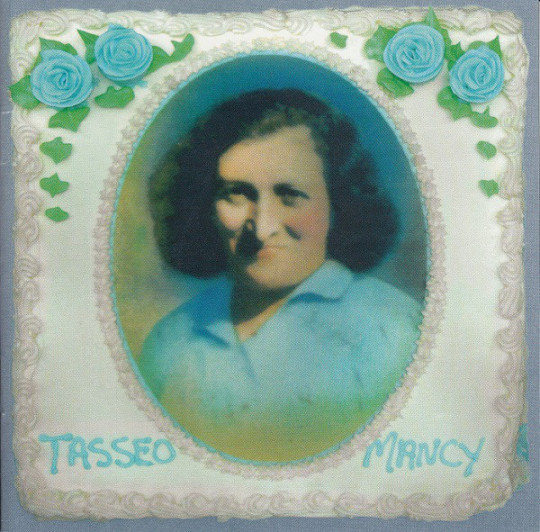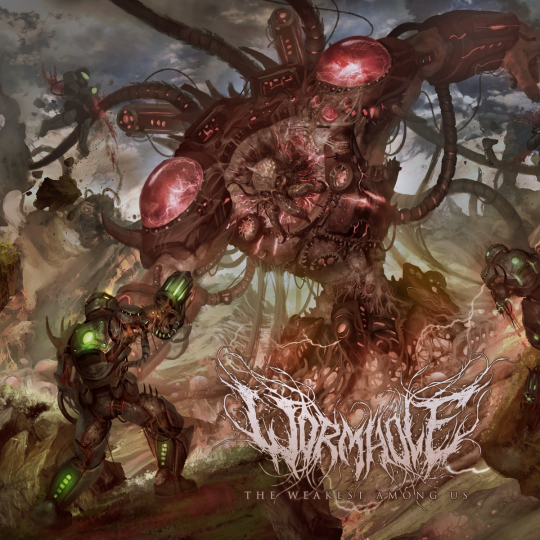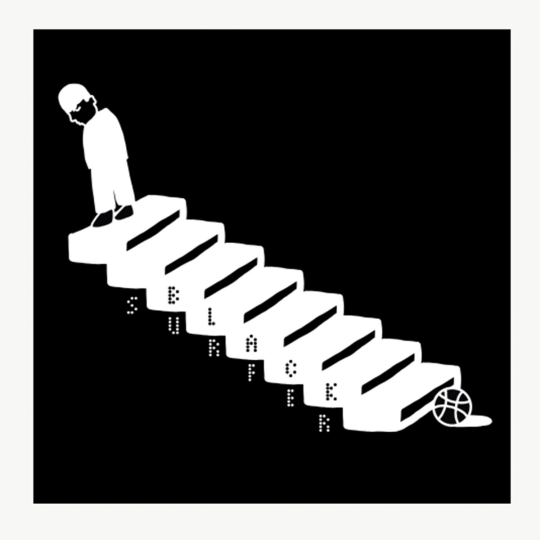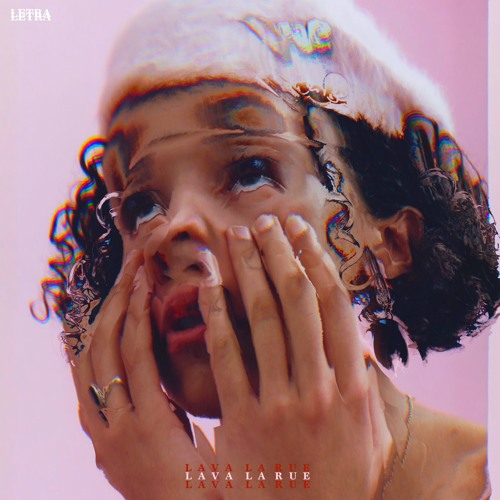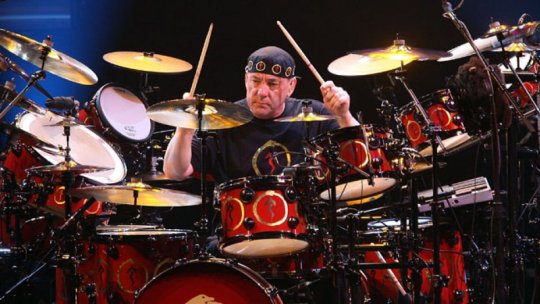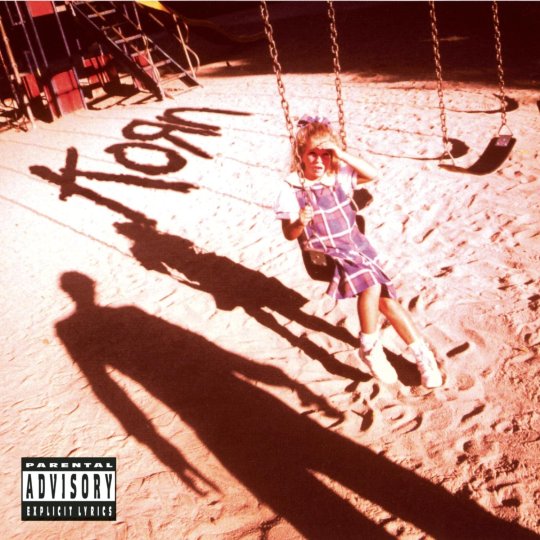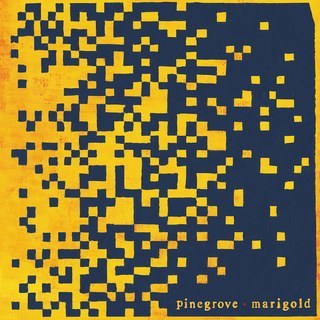Here’s a playlist that you can play in a variety of settings. These songs are chill, lyrical, funky, jazzy, introspective and nostalgic. Rap deals with a lot of heavy subject matter and a lot of the songs below talks about serious stuff. While I love rap and I love to have fun while I listen to it, it’s important to recognize the black stories being told here. With that being said, I’ve provided a bunch of things to do while listening to each song for a maximized listening experience.
Gangsta Bitches (ft. Da Brat & Trina) – Eve
-
Play this when you’re getting ready for a party or a date and you wanna feel badass.
Nas Is Like – Nas
-
Play this when you’re walking to and from class.
What They Do – The Roots
-
Play this while you look out of the window of a car riding passenger.
Blast – Reflection Eternal
-
Play this when your friends come over on Friday.
Verses from the Abstract – A Tribe Called Quest
-
Play this in the car at night and bob your head the whole way.
Mr. Me Too – Clipse
-
Play this while you’re cooking dinner it helps you concentrate.
Shook Ones, Pt. II – Mobb Deep
-
Play this when it’s raining out and you feel a little emo.
Tonz ‘O’ Gunz – Gang Starr
-
Play this to speed-walk to class.
Big Momma Thang – Lil’ Kim
-
Play this while you get ready with a bunch of your friends (no boys allowed sorry).
Superthug – N.O.R.E.
-
Another song to play in the car. Volume up.
When I B On Tha Mic – Rakim
-
Another amazing song to play on the walk to class. I also think it’s great in the shower.
Liquid Swords – GZA
-
Night driving song. Chill, but hardcore.
Beware – Big Pun
-
Angry? Play this.
Grindin’ – Clipse
-
If you wanna dance, this Neptunes beat will do it for you.
MHB’s – Quasimoto
-
If you wanna chill and laugh at a clever bar, listen to this.
Southern Hospitality – Ludacris
-
Another futuristic and funky Neptunes beat. Dance to this.
Hip 2 Da Game – Lord Finesse
-
This catchy chorus will have you hooked and bobbing your head.
Blow the Whistle – Too $hort
-
High speed chase with the police? Play this to get away with it.
Hate It Or Love It (ft. 50 Cent) – The Game
-
A catchy chorus and infectious beat. This is a summer song.
Song Cry – Jay Z
-
If you’re sad, Jay Z will rap you to sleep with this amazing sampled beat.
She’s A Bitch – Missy Elliot
-
Get you and your krump dance crew together for some new choreo with this one.
-cellar door xxx

